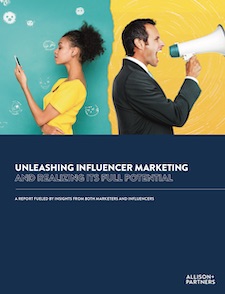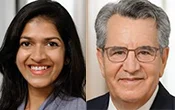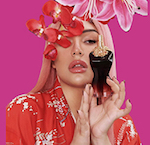Influencer marketing is expected to account for a $10 billion industry by next year, but despite becoming an integral ingredient in today’s marketing mix, a gap exists between marketing and influencer camps that often makes collaboration difficult and could be holding back this booming practice’s potential, according to an annual study of marketers and influencers conducted by global communications firm Allison+Partners.
The MDC Partners unit’s report, which surveyed marketers and influencers across five different sectors, found that marketers often find themselves unable to successfully identify and choose which influencers to work with. Meanwhile, influencers reported being unable to adequately show the impact their efforts have on campaigns, while finding themselves under increased pressure to do so.
 |
Moreover, the study found that only some marketers conduct testing with influencers to see what kinds of content and strategy work best to carry their message. And a majority of influencers reported that marketers generally request only reach, unique page views or monthly blog view data, even though many see the true value of their work in authentic post comments and interactions.
Finally, most influencers reported having a purely transactional relationship with marketers virtually devoid of collaboration, with influencers simply carrying out the directed task of the campaign regardless of outcome and expressing discomfort in voicing their opinions insofar as how that campaign or its content might be improved.
The study also identified increased marketing budget scrutiny, arbitrary pricing standards, potential commoditization among a growing influencer pool that could devalue price and perceived value, privacy issues and tightened government regulations and reliance on third-party social platforms with varying algorithms and rules as additional challenges facing influencer marketing programs.
The report outlined three fundamental areas both marketers and influencers should address in bridging the divide between these two groups. These include a “maturity” effort in the influencer marketing world that employs a set of industry standards that better identifies campaign influencers and their authenticity, and optimizes overall influencer engagement; improved collaboration, testing and planning that provides solutions and best practices for influencer strategies and partnerships; and formulating an improved measurement structure, where the gathering and storing of data on both sides provides better metrics to report on benchmarks and value.
Allison+Partners’ fifth annual Influence Impact Report, titled “Unleashing Influencer Marketing and Realizing Its Full Potential,” interviewed more than 30 influencers that have engaged in a paid influencer program with a brand in the travel, consumer electronics, lifestyle, food or fashion/beauty sectors. It also interviewed 20 U.S. internal marketers with a manager title or above stationed at companies in one of these sectors, with company revenue of at least $50 million. The influencer panel was sourced by Allison+Partners and the marketer panel was provided by research company Qualtrics. Interviews were conducted in October.


 Understanding the interconnected web of personalities, experts, organizations, executives and employees that add value to a brand and contribute to its success.
Understanding the interconnected web of personalities, experts, organizations, executives and employees that add value to a brand and contribute to its success. Does your PR firm have established and robust practices to ensure consumers can tell the difference on social media between commercial and editorial content?
Does your PR firm have established and robust practices to ensure consumers can tell the difference on social media between commercial and editorial content? Best practices for developing influencer marketing programs for chefs, restaurants and food and wine brands.
Best practices for developing influencer marketing programs for chefs, restaurants and food and wine brands. The online influencer marketing segment shows no signs of slowing down, according to research conducted by marketing company Open Influence.
The online influencer marketing segment shows no signs of slowing down, according to research conducted by marketing company Open Influence. TikTok has beaten out influencer mainstay Instagram to become the most popular social-media platform for influencer marketing, according to a new study.
TikTok has beaten out influencer mainstay Instagram to become the most popular social-media platform for influencer marketing, according to a new study.


 Have a comment? Send it to
Have a comment? Send it to 
No comments have been submitted for this story yet.